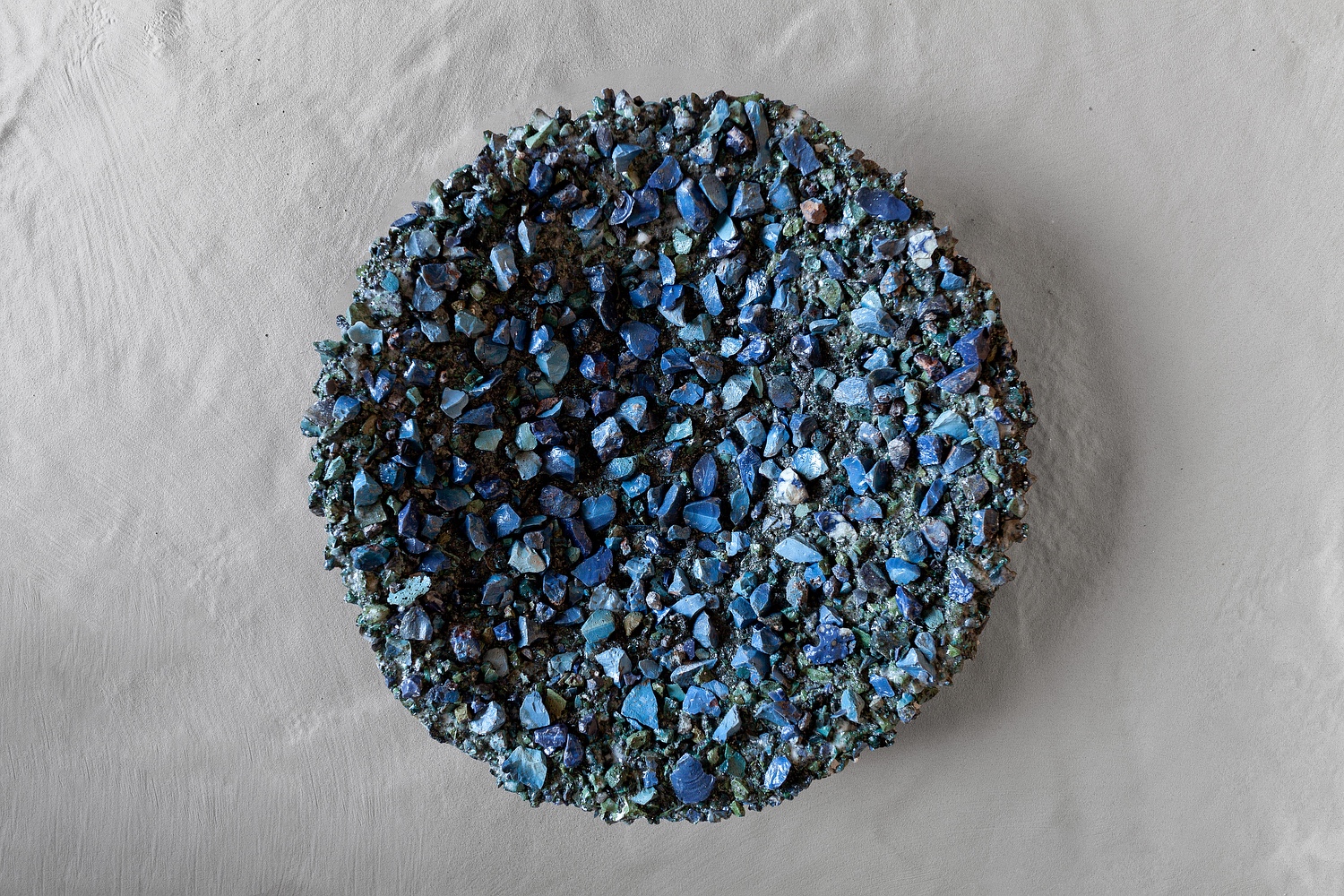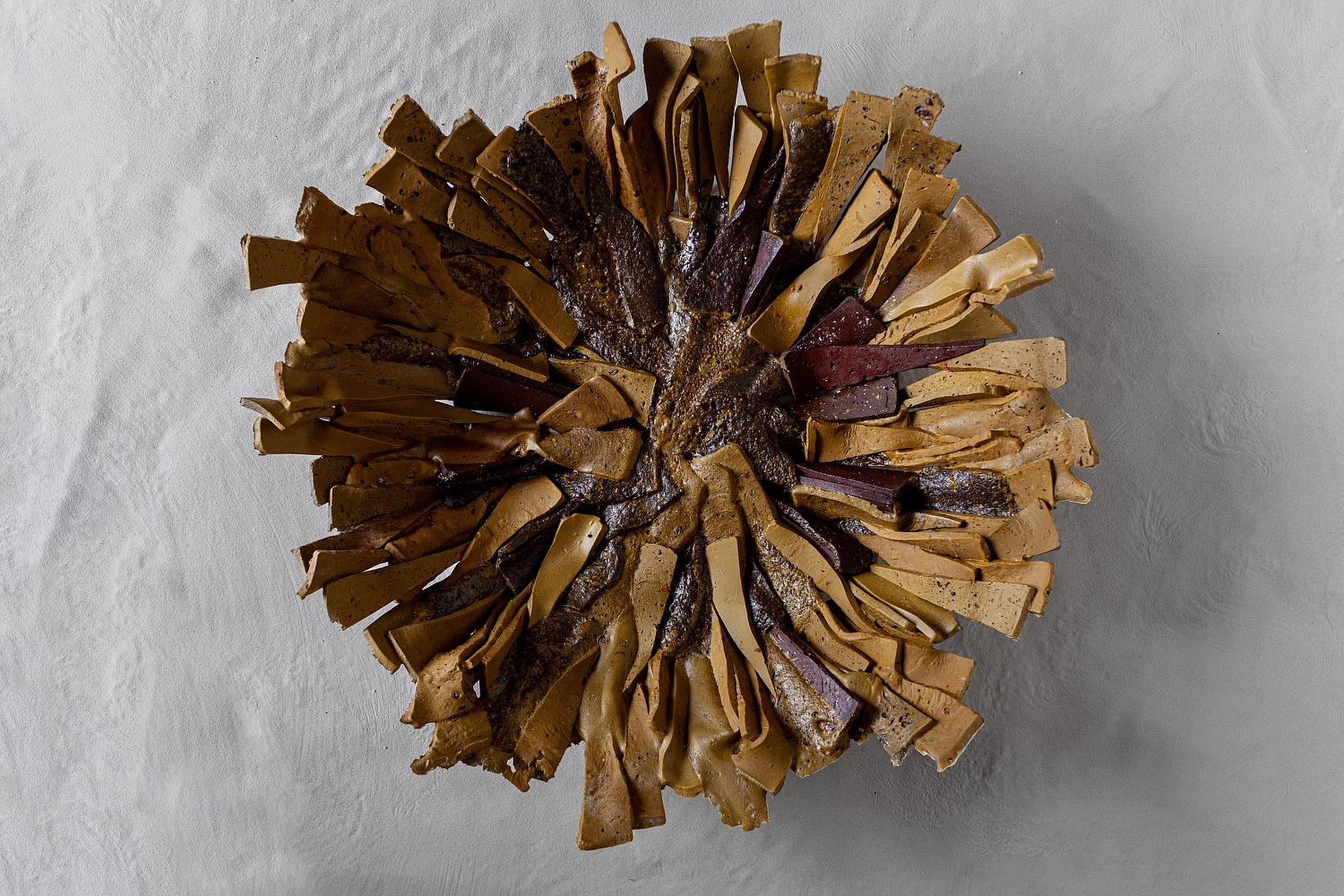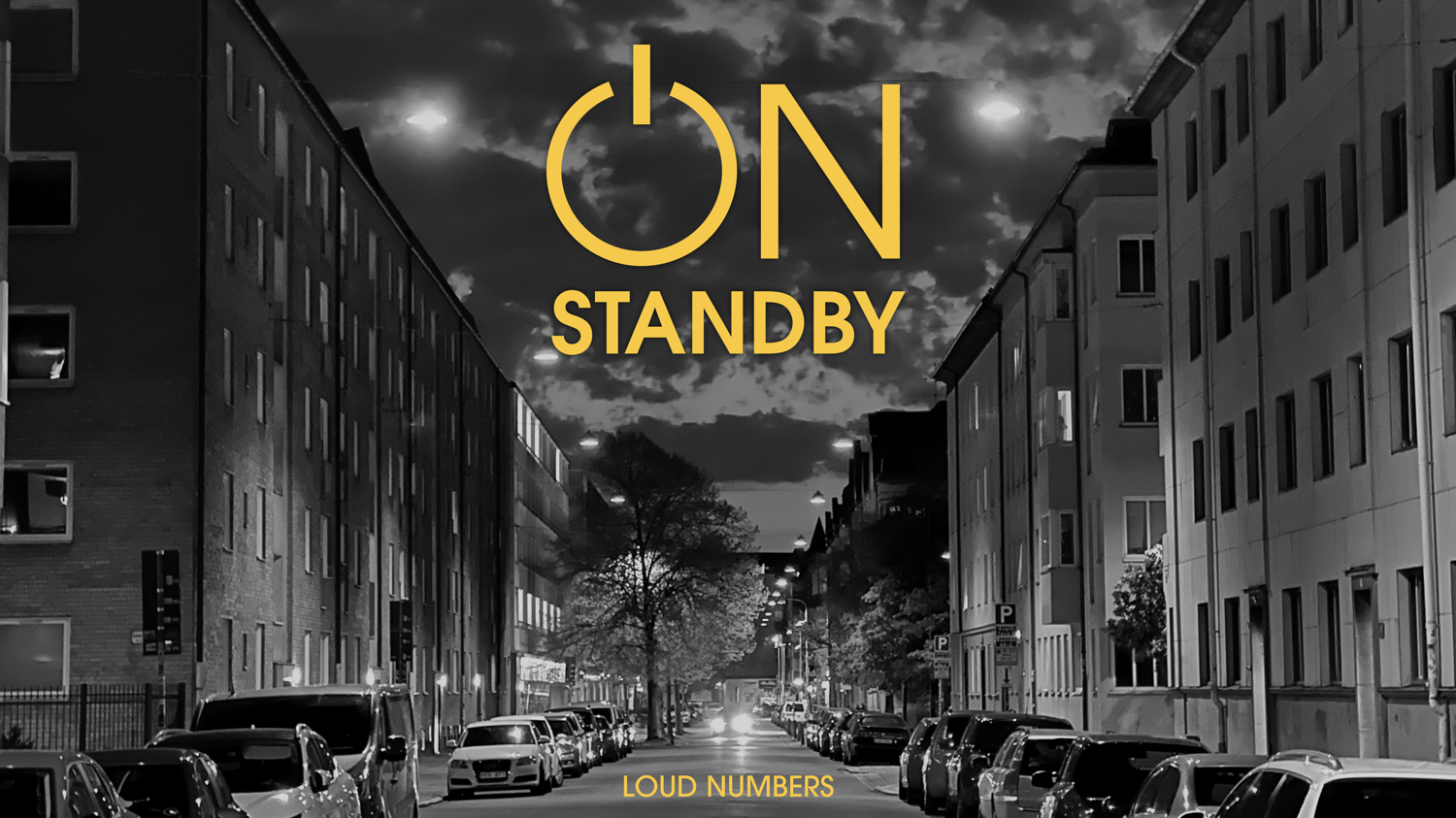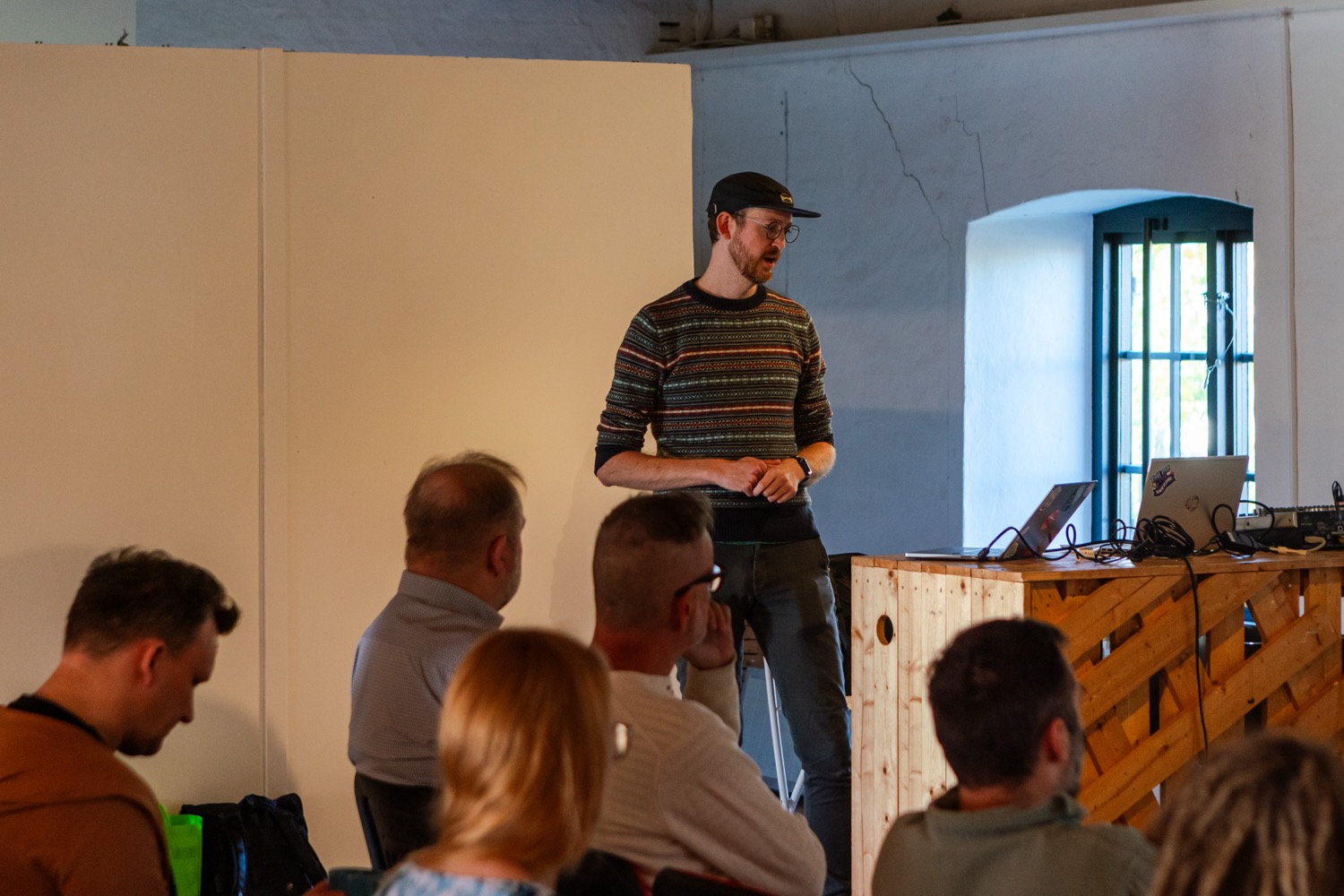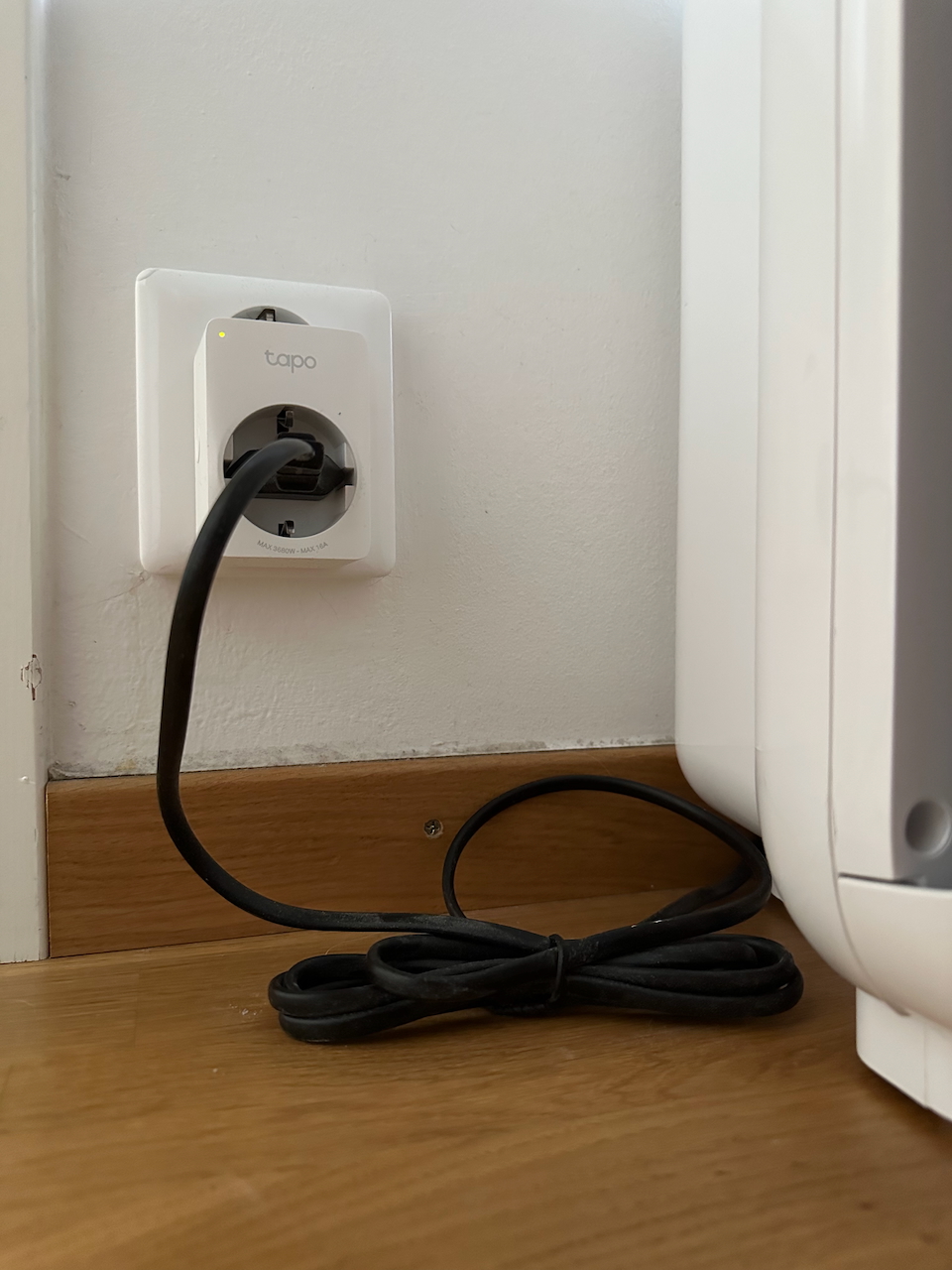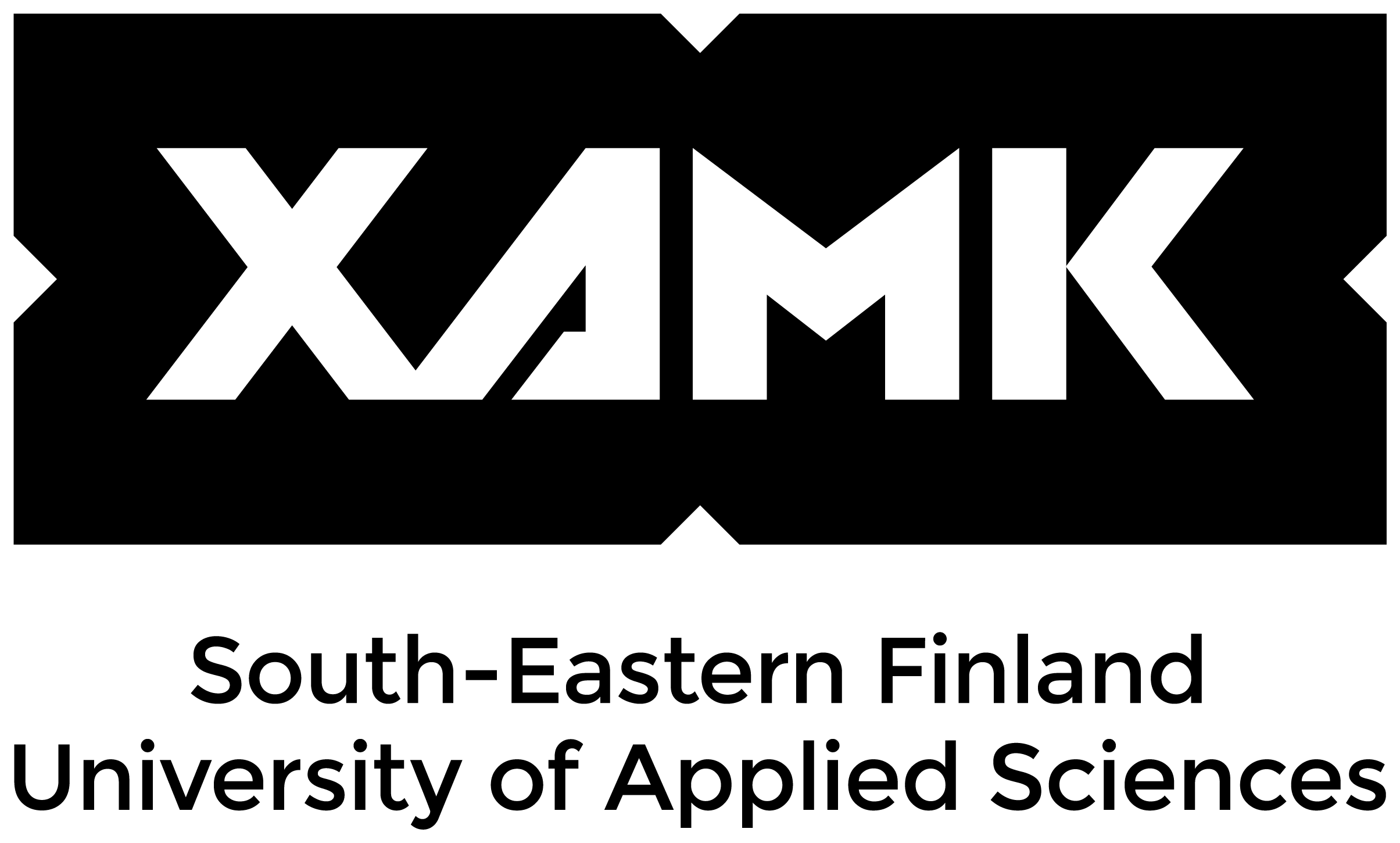Please note: Parts of this website will be included in the forthcoming CCI4Change publication, to be released by Xamk in December 2025. Therefore, if you wish to cite this material, please contact cai.weaver[at]xamk.fi. Thank you!
Case Study Sweden
Collaboration
The CCI4Change initiative in Region Skåne was a joint effort between Region Skåne’s cultural development team and STPLN, an innovation hub in Malmö that focuses on cultural and social transformation. Region Skåne brought the strategic vision and policy know-how, while STPLN brought hands-on tools for creative collaboration, a strong connection to the cultural and creative industries (CCIs), and a flexible approach to project management.
From the outset, we never intended this to be a typical project with a standard setup. Instead, the aim was to build a “learning alliance” — a space where public sector officials, creatives, civil society groups, and intermediaries could explore together. Getting local municipalities, researchers, and grassroots organizations involved early helped make sure the work stayed grounded in real community needs.
A significant takeaway was how crucial it is to build trust between sectors that don’t always speak the same language or work the same way. A challenging aspect to this was aligning the structured, often slower pace of public institutions with the more intuitive, spontaneous nature of cultural work. But when public bodies stepped into the role of co-learners instead of trying to steer the ship, something really generative happened: Creators were given the freedom to experiment while staying aligned with the project’s goals.
For future efforts, keeping things open-ended and iterative, while remaining accountable, proved to be an approach worth holding onto.
“In CCI4Change we were able to address difficult questions about artistic freedom, and identify false expectations when authorities commission artistic work. What happens when art "gets a job"?
- Bertil Björk, Project manager at STPLN

Zero Sum Resindency Pilot
Artists/curators: Edit Szabó, Alexandra Fransson & team
Location: Ifö Center, Bromölla
Concept: A summer residency exploring energy, reuse, and sustainable futures at a repurposed factory site
The "Zero Sum Residency" at the artist-run Ifö Center brought together creatives — artists, dancers, and designers — to explore sustainability through the lens of the UN’s Agenda 2030. It included talks, community sessions, and a public exhibition.
Highlights included Edit Szabó’s work transforming industrial waste into art, and Alexandra Fransson’s energy-efficient designs like revamped tea lights and low-energy water cookers. The abandoned ceramics factory, now a creative space, became a canvas for exploring future energy systems, from solar panels to battery setups.
Local residents and businesses played an active role, sharing insights and engaging in discussions about energy and sustainable living. This pilot showed how neglected industrial spaces can be reborn through creativity and how art can spark public dialogue about change.
On Standby Pilot
Artist: Duncan Geere
Location: Malmö
Concept: A sound-based artwork using real data to reflect on overnight energy consumption
The project, "On Standby", turned energy data into sound. Seven Malmö households tracked the overnight energy use of one appliance, and their data was transformed into a calming soundscape. The frequency and rhythm mirrored real consumption — more energy use meant more sound activity.
Participants’ voices were layered in, sharing personal reflections on energy, sleep, and light. The piece offered a poetic way to “hear” the invisible flow of energy in our lives and was broadcast on local community radio. It was also shared online to reach beyond Malmö.
This pilot showed how data-driven art can make sustainability feel personal. It didn’t preach — it invited people to listen, reflect, and gently rethink habits. Many who experienced it said they felt more connected to their energy use, showing that emotional engagement can be just as powerful as facts.
Local Challenge and Concept
In Skåne, rising energy costs and changing national policies were starting to hit home, impacting daily life for regular folks and small businesses, as well as major industries. So, the core challenge for CCI4Change became: How do we inspire people to rethink their relationship with energy and sustainability, especially in everyday life?
The team realized that traditional sustainability campaigns often miss the mark — they don’t always connect emotionally or spark people’s imaginations. So, they asked: What if culture could be the key to shifting how people think, feel, and act around energy?
Region Skåne’s cultural team, already keen on cross-innovation, saw this as a perfect opportunity to bring creatives into the sustainability conversation. Partnering with STPLN, they built a framework where artists could team up with community groups for grounded, locally relevant projects. The idea was to support artistic interventions that could spark real reflection and action on sustainability without prescribing the message or format.

“Transformation begins not with tools, but with the inner work of administration — daring to embody new models and host new encounters that lead to fresh results and contexts.
In CCI4Change, we challenged ourselves to act in new ways and seized the opportunity to step beyond the established frames of how we work. This project allowed us to step outside the usual rules of public administration and confront the urgent challenge of energy with fresh eyes.
By placing artistic competence at the helm, we could suspend old structures, create space for new conditions, and invite perspectives that rarely meet.”
- Maria Lindblom, Developer at Kulturförvaltningen Region Skåne
Capacity Building, Outreach and Open Call
The project included two kinds of capacity building: One focused on helping local authorities understand how to work with CCIs, and the other, led by STPLN, aimed at creatives. STPLN rolled out a progressive training programme covering both general skills (like budgeting and contracts) as well as more specific techniques, like working with energy-related themes. Most of the sessions were held in Malmö, which highlighted the need for improved accessibility across the broader region.
The open call was designed to welcome a mix of voices, not just established names. It offered a clear challenge (energy use), but left room for creative freedom in how participants responded. This balance of open-endedness and purpose was tricky for some, but it also encouraged fresh, innovative thinking. STPLN supported applicants with workshops and one-on-one coaching to help navigate this balance.
Participants were encouraged to ground their proposals in local realities. The open call, jointly managed by Region Skåne and STPLN, evaluated submissions based on originality, relevance to local context, ability to engage communities, and feasibility. Two very different pilot projects were selected — one urban, one rural — each bringing a unique artistic perspective.

Takeaways and Future Potential
CCI4Change allowed Region Skåne to try a new way of working — one where they stepped back from controlling every detail and instead learnt how to support change systemically. Working closely with STPLN meant they could stay involved without micromanaging the creative process.
A significant lesson from this experience was the importance of clearly defining the roles of intermediaries and public bodies. These roles should focus on trust-building, navigating logistics, and making sure the process stays inclusive, not becoming producers or gatekeepers. Trying to do too much risks crowding out the creators’ own growth and learning. Shared goals and open communication were essential.
Another important takeaway was around budgeting. A lot of the budget went into training, communication, and admin — all of which are important — but it did limit the number of pilot projects that could run. More pilots, even if they were shorter, could have helped build a stronger evidence base and foster more learning.
Looking ahead, there's huge potential in bringing other innovation actors, like regional energy experts, into the mix. A wider network could help future pilots have an even greater impact.
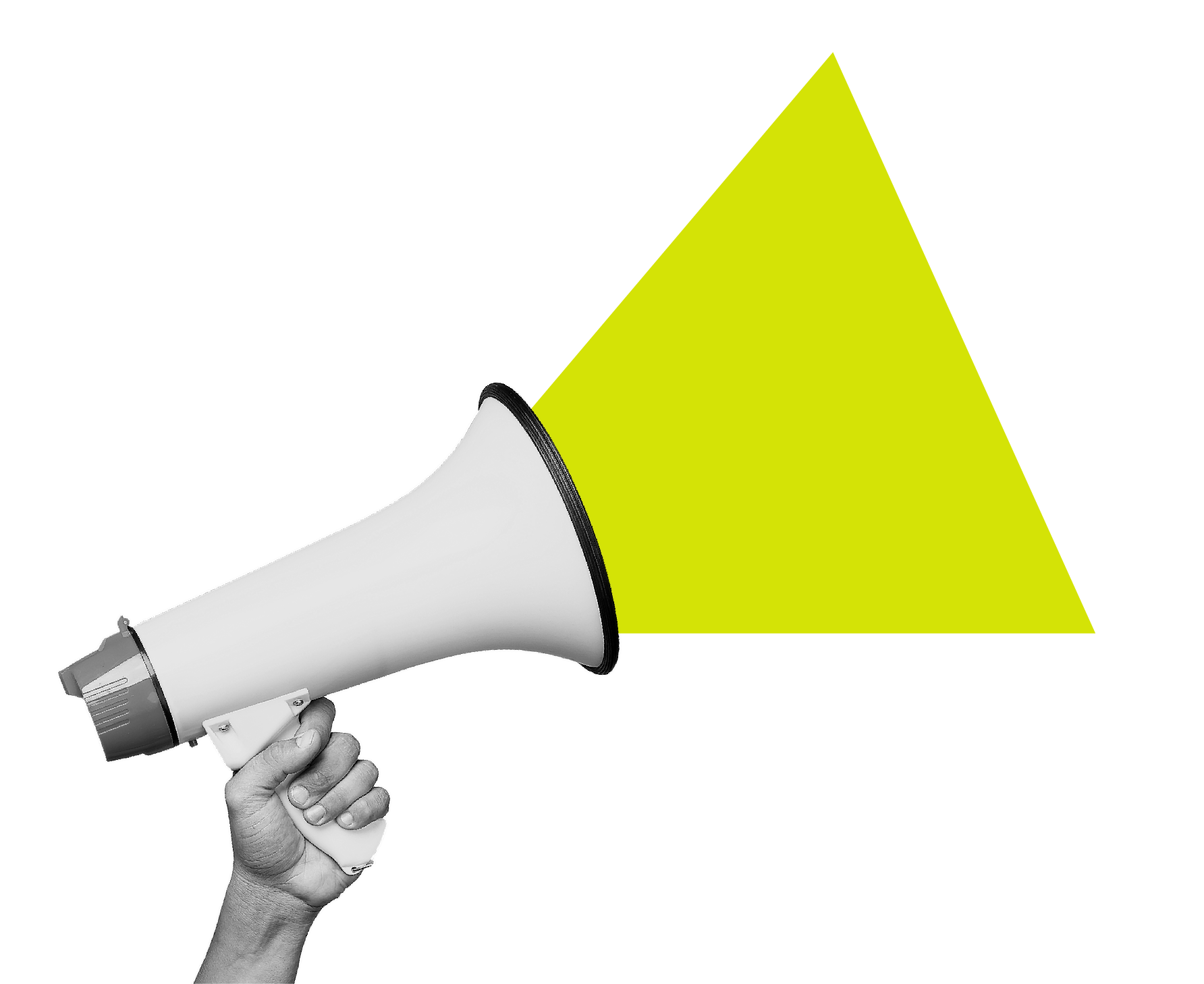
Elaboration on Value and Impact
Even with a small number of pilots, CCI4Change made a real impact on both the cultural sector and public innovation in Skåne. By connecting artists, local authorities, and intermediaries, the project demonstrated that creativity isn’t just nice to have, it can be a powerful tool for tackling big issues like energy use and sustainability.
The value goes beyond the individual pilots. The project helped build a support structure for future cultural work — capacity building, collaboration models, and ways to let creativity thrive within public systems.
For Region Skåne and STPLN, the project reinforced the need to put artists and their processes at the centre of public projects. It highlighted the gaps in how we usually commission creative work, but also pointed to what’s possible when we trust the process.
As we face complex challenges like climate change and social fragmentation, it’s clearer than ever that cross-disciplinary work matters. CCI4Change showed that artists and creatives can (and should) be key players in this work. But to unlock their full potential, we need clear frameworks, integrated systems, and most importantly, genuine trust in the creative journey


